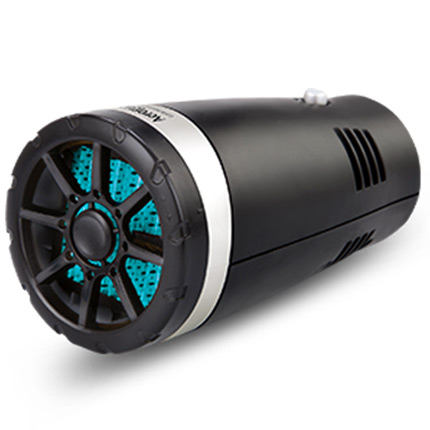Hydraulic Clutch Lines for Enhanced Performance and Reliability in Vehicles
Understanding Hydraulic Clutch Pipe Systems
In the realm of automotive engineering, the hydraulic clutch pipe system plays a crucial role in ensuring smooth transmission operations. This write-up aims to delve into the working principles, components, maintenance, and advantages of a hydraulic clutch pipe, giving you a comprehensive understanding of its significance in vehicles.
What is a Hydraulic Clutch System?
A hydraulic clutch system is an integral part of manual transmission vehicles, utilizing hydraulic fluid to activate the clutch mechanism. Unlike traditional mechanical systems that rely on cables and springs, hydraulic systems provide a more efficient and reliable way for the driver to engage and disengage the clutch, facilitating smoother gear changes.
Components of a Hydraulic Clutch Pipe System
Several critical components make up a hydraulic clutch system
1. Clutch Master Cylinder This is the component that holds the hydraulic fluid and generates pressure when the driver presses the clutch pedal. When engaged, it transmits this pressure through the hydraulic lines to the slave cylinder.
2. Clutch Slave Cylinder Located near the clutch assembly, the slave cylinder receives the hydraulic pressure from the master cylinder. It acts upon the clutch mechanism to engage or disengage it.
3. Hydraulic Lines (Pipes) These are the conduits that connect the master cylinder to the slave cylinder, allowing the hydraulic fluid to flow. They are typically made from high-quality materials to withstand pressure and prevent leaks.
4. Hydraulic Fluid This special fluid transmits pressure within the system. It is specially formulated to withstand high temperatures and prevent corrosion in the system's components.
5. Clutch Fork In many vehicles, a clutch fork is used to transfer the motion from the slave cylinder to the clutch diaphragm spring, thereby disengaging the clutch.
How Does It Work?
When the driver presses the clutch pedal, the master cylinder generates hydraulic pressure by pushing hydraulic fluid through the attached pipes. This fluid travels through the hydraulic lines, reaching the slave cylinder, which then moves to disengage the clutch. The release allows the driver to shift gears freely. Upon releasing the clutch pedal, the pressure is released, and the clutch re-engages, enabling the power from the engine to seamlessly transfer to the transmission.
hydraulic clutch pipe

Advantages of Hydraulic Clutch Systems
1. Smooth Operation The hydraulic clutch system provides a smoother and more consistent pedal feel compared to cable-operated systems. This enhances the driving experience, particularly in stop-and-go traffic.
2. Reduced Wear and Tear Since hydraulic systems have fewer moving parts, there’s less chance of wear and tear. This can lead to increased longevity, minimizing costly repairs or replacements over time.
3. Adjustability Hydraulic systems can be easily adjusted for pedal height and engagement point, allowing for a customized driving experience that caters to individual driver preferences.
4. Less Maintenance Hydraulic systems generally require less maintenance than their mechanical counterparts. Regular checks for fluid levels and the occasional bleeding of air from the system are usually sufficient.
Maintenance Tips
To keep your hydraulic clutch system functioning optimally, consider the following maintenance tips
- Check Fluid Levels Regularly check the hydraulic fluid levels in the master cylinder reservoir. If levels are low, top up with the recommended hydraulic fluid.
- Inspect for Leaks Periodically examine hydraulic lines and connections for any signs of leaks. A leaking system can lead to a loss of pressure, compromising clutch performance.
- Bleed the System If you notice a spongy clutch pedal, you may need to bleed the hydraulic system to remove any trapped air that can lead to ineffective clutch operation.
- Service Intervals Follow your vehicle’s service schedule for maintenance, including checking and changing hydraulic fluid as needed.
Conclusion
The hydraulic clutch pipe system is a marvel of modern automotive engineering that enhances vehicle performance and driver experience. Understanding its components and maintenance can help car owners appreciate this critical system and ensure their vehicles stay in top shape. As technology continues to evolve, the hydraulic clutch system will likely remain a staple in manual transmission vehicles, providing reliability and efficiency for years to come.
-
Workings of Clutch Pipe and Hose SystemsNewsJun.04,2025
-
The Inner Workings of Hand Brake Cable SystemsNewsJun.04,2025
-
The Secrets of Throttle and Accelerator CablesNewsJun.04,2025
-
The Hidden Lifeline of Your Transmission Gear Shift CablesNewsJun.04,2025
-
Demystifying Gear Cables and Shift LinkagesNewsJun.04,2025
-
Decoding Clutch Line Systems A Comprehensive GuideNewsJun.04,2025
